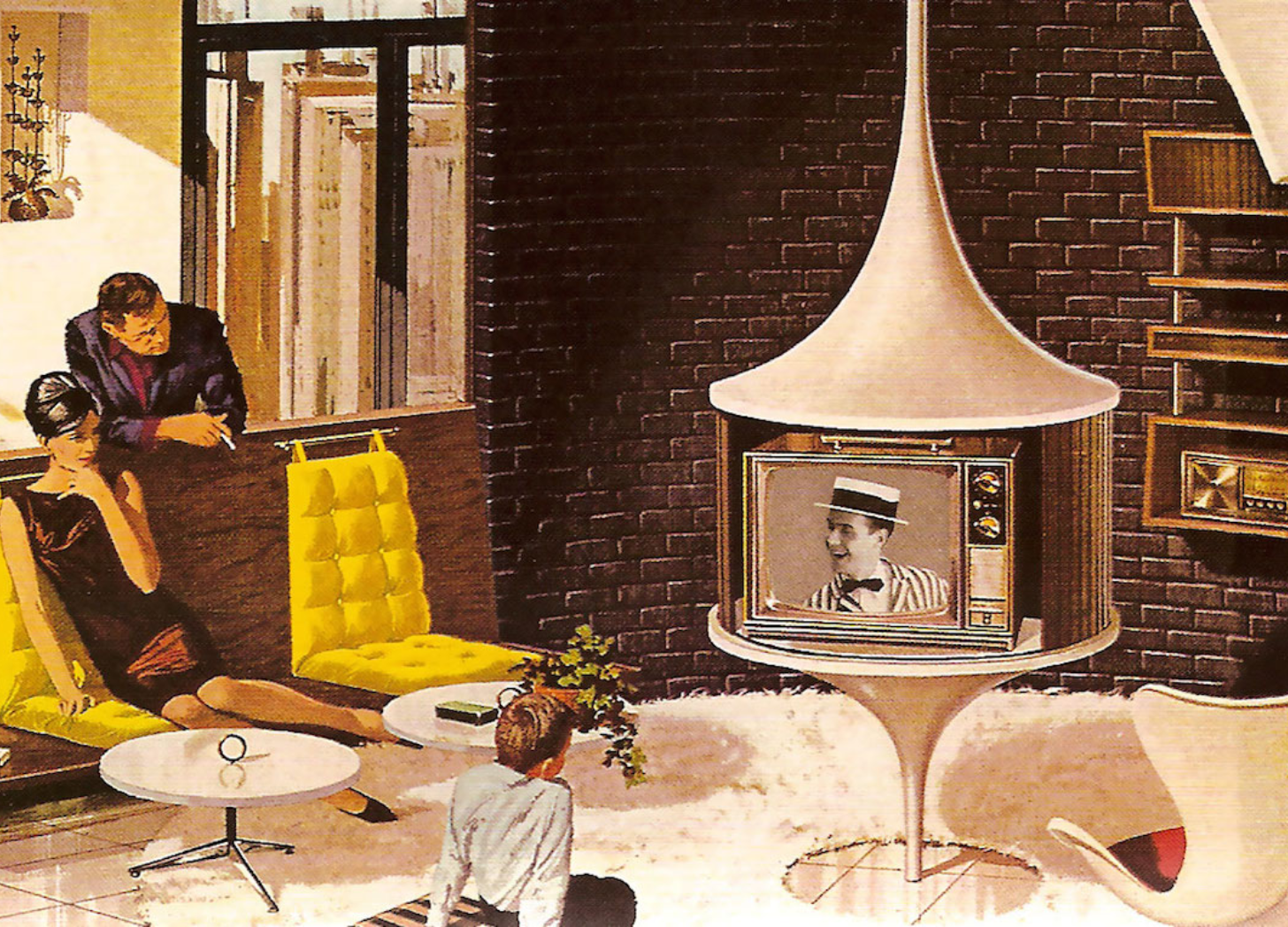Science fiction has long been a mirror reflecting our hopes and fears about the future. The aesthetics of this genre have seeped into many facets of culture, particularly fashion, where styles often capture the essence of ‘yesterday’s tomorrows’. Currently, we find ourselves witnessing a resurgence of retro-futurism in fashion, bringing forward a blend of optimism and nostalgia that is both striking and deeply resonant.
Retro-futurism can be defined as a curious blend of historical design elements that envision the future as perceived in past eras. It encapsulates ideas of technological advancement, harmony, and unexpected designs that resonate with a flying-car utopia. Fashion, particularly, draws heavily from these elements, often epitomized by the famous works of designers like Pierre Cardin. His designs have a storied history in the science fiction movement, marking a time when optimism for the future was robust.
Through the 1960s, Cardin’s pioneering designs such as the patent leather go-go boots and geometric dresses evoked a sense of lightheartedness, symbolizing the buoyancy of a future with endless possibilities. The influential designer once remarked, “The clothes that I prefer are those I invent for a life that doesn’t exist yet – the world of tomorrow.” This aspirational sentiment perfectly encapsulates the celestial fancies of the era.
Retro-futurism in contemporary fashion manifests in various ways. One notable trend is the renewed popularity of the ‘flippy bob’, a hairstyle reminiscent of the 1960s. This hairstyle evokes feelings of nostalgia while also defining a modern aesthetic. It reminds us of the Jetsons, a show that encapsulated 1960s visions of the future. The ‘flippy bob’ is not just a hairstyle; it is a statement piece that nods toward an optimistic view of technological advancement. This hair trend has recently been widely embraced, illustrating how past notions of futurism are revived and recontextualized.
The Science Fiction Aesthetics and Space Age Fashion article highlights how the ideologies surrounding retro-futurism are evolving. Currently, the trends reflect a mix of nostalgia and apprehension against the backdrop of a predominantly dystopian narrative driven by modern technology. As our reality becomes inundated with the impacts of artificial intelligence and rampant capitalism, this creates a juxtaposition between nostalgic glamour and contemporary anxieties.
Furthermore, as we delve deeper into the aesthetics of science fiction, we observe the rise of a militaristic, utilitarian style marked by muted tones, hinting at a future constrained by environmental and political turmoil. Movies and media reflect these daunting ideals, serving as a commentary on social class stratification and societal despair.
During the craze of the Space Race in the 1960s, designers like Paco Rabanne pushed the boundaries of fashion, crafting garments that appeared as though they were meant for extraterrestrial environments. The mini dresses made with chain mail and other unconventional materials resembled armor for a new age—not merely fashion statements, but visual representations of ambition and progress. Rabanne’s works were not just artistic but symbolic of the fierce desire for freedom and the belief in a brighter future.
However, today’s fashion reflects a contrasting sentiment. As Olivia Rodrigo voices her skepticism about aspiring to reach for the stars, we see a shift away from grand visions of space exploration toward a more unsettling contemplation of our societal trajectory. Fashion in this context has become a reflection of our tumultuous reality—caught between romanticized nostalgia and pressing socio-political challenges.
To visualize how these elements come together, consider the following image reflecting the essence of this fashion revival:

Author: Jordan Bogigian, Source: The Composite
The aesthetics of dystopia and how they shape fashion also hint at deeper societal concerns. As we face economic inequality and ecological crisis, the designs emerging today counterbalance the dreams of yore with a realism that feels all too familiar. Fashion acts as a canvas where historical aspirations and modern realities meet, and through this lens, we can better understand our precarious existence.
As we move forward, it’s within the realm of fashion that these themes will continue to evolve. Expect to see a resurgence of 1960s-inspired silhouettes, colors, and materials that merge the dreamy with the functional, perhaps echoing Cardin and Rabanne in new, innovative designs. This ongoing exploration of retro-futurism, set against our current contributing factors, will undoubtedly inspire future generations of designers seeking to define what tomorrow’s fashion will look like amidst the uncertainties that await.
So, the next time you see a flared dress or a sleek bob, think about not just the past they evoke, but also the future they aspire to portray—a future that may, one day, be defined by our collective energy and dreams.